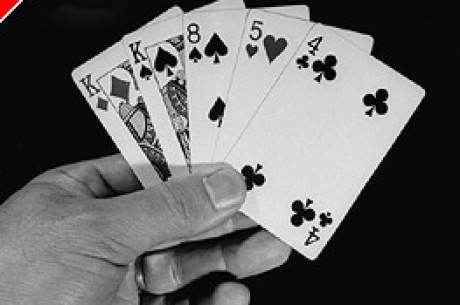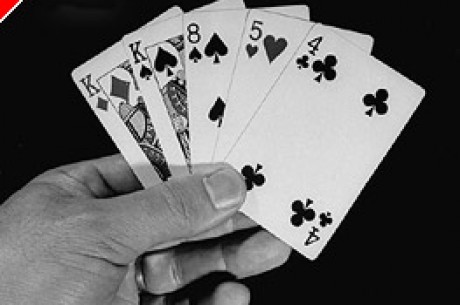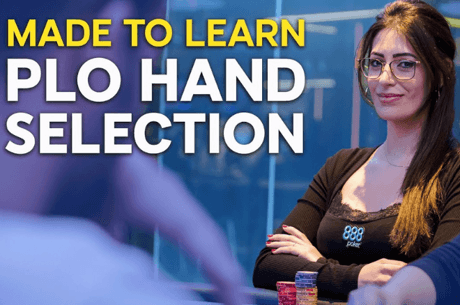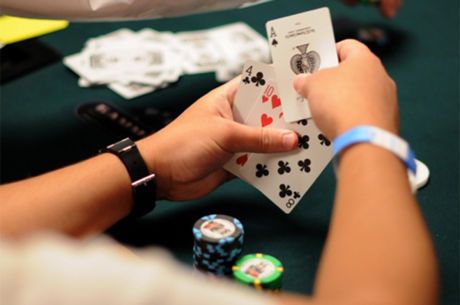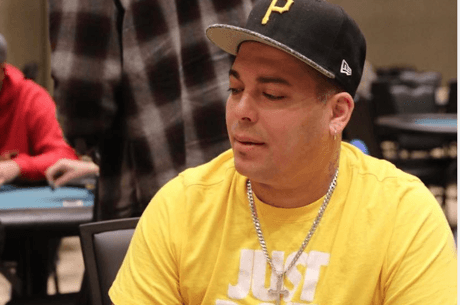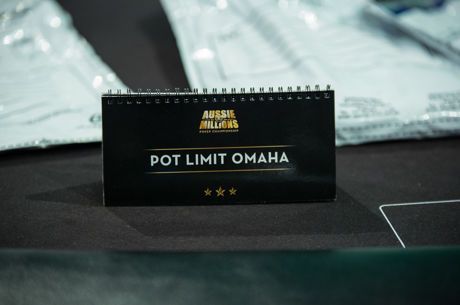Introduction to Omaha Part V - High Starting Hands - Big Pairs
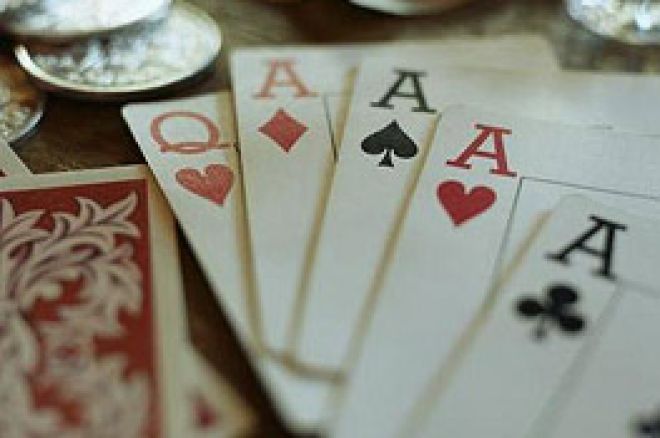
Tony is a regular on-line player living in England. He mostly plays Texas Hold'em and Omaha (High and Split) at fixed, pot and no limit, at both cash and tournament tables. Tony says: "I generally stick to lower limit games because there is money to be made without excessive risk to your bankroll. Many players I come up against at these levels are not schooled in poker strategy and the truth is they are giving away money, either through ignorance of strategy or misplaced aggression. If you have a limited bankroll, you should be conservative and choosy but the pickings are there. These articles are written to prevent you becoming one of the hunted."
Introduction
If you have read the first four parts of this series, you should now be playing some basic and conservative poker at the fixed limit tables at both Omaha High and Omaha Split. You will already see how varied and fluctuating those games can be but you will be mostly watching because you don't get involved playing marginal hands.....do you? I should hope not!
Last time, I discussed the factors affecting your decision to play Low hands in a game of Omaha Split. This time, I will take an initial look at some of the starting hands you should be seeking when playing Omaha High and those you should be wary of despite their apparent attractiveness. I will also discuss why you should be certain of your hand values before deciding to bet.
You should be aware that the advice will not always be appropriate for Omaha Split, since many good High hands in Omaha High lose value in Omaha Split where one or more of the cards are ranked 8 or less. I will consider more about that in another article.
Big Pairs, Big Decisions
Most low limit players who are dealt AAxx in their hole cards spend the maximum betting out to the river. In a multi-handed game, they will often not win. You know from earlier articles that you should not start betting your hand unless your four hole cards help each other. By this I mean that at least four of your six combinations of two hole cards could form part of a strong and hopefully nut hand of at least a straight.
If you receive AAxx, the ideal scenario is for each one of your "x" cards to be of the same suit as one of the "A" cards. Even better is for the "x" cards to have an extra link to the "A" cards such as a straight. Two of the strongest starting hands would be:
Ad Ac Jd Tc
This gives you many drawing possibilities for nut flushes, nut straights and nut full houses. You would be happy with a flop with cards like KQx giving you 12 chances on the turn and river to draw a card that would make you a nut straight, and any flops like AKQ, KQ9, Q98, 987 give you the nuts straight off the top. If you flop any two of these cards, it helps you along nicely, especially if the suits are offering nut flush draws. Another Ace will open up to 9 outs for a nut full house and 1 for the quad. The draws are numerous.
Ad Ac Kh Kc
This example is more restrictive as the straights are limited but it opens up more chances of making a top set and possibly full house as well as nut flush. Any A or K on the flop puts you in a strong position unless the other flop cards are closely related opening up strong draws for other players, eg KQJ. If it appears someone has raised with a made straight, your decision to continue becomes marginal and is related to the probability of pairing the board to complete your full house. Ultimately, this is a decision based on your understanding of pot odds (a subject for later discussion).
Similar hands to the two above are AAKQ, AAKJ, AAKT, AAQQ, AAQJ, AAQT, AAJJ, AAJT, AATT. These are attractive for seeing a flop with and you might well raise pre-flop in late position (on the button or one or two seats to its right). I am not saying you should fold AAxx automatically in other situations but if you receive AA84 or AA72 for example and neither ace is suited with another card, you are possibly up against it unless you see a raggy, unsuited flop. Ideally, you want to see a third Ace on the flop and fold if it doesn't come.
Likewise, KKxx and QQxx are easily overvalued. An ace on the flop potentially kills these hands dead unless they are closely connected with other cards, eg KKQT, KKQJ, QQJ9 or the Kings are connected with suits.
Drawing to a close
The reason the above big pairs are often overvalued by players is because Omaha is more of a "drawing" game than Texas Hold'em. In the latter game, the winning hand quite often comprises only two live cards. This means that players are not always relying on other cards to help them improve - they already hold, say, KK and are hopeful it will stand up as it is. In this case, they rely on the favourable odds against an Ace appearing on the board.
In Omaha, the tendency is to bet because of a positive hope that certain cards will appear on the board to help the hand improve. In other words, players will hope to draw out a successful hand rather than rely on existing strength. They are justified in this expectation because they have sensibly bet with four inter-connected hole cards and have a wide choice of cards to choose from to make their hands. This in turn reduces the value of high pairs such as AA, KK and QQ if there is no back up from your other two hole cards.
The great difficulty many people have playing Omaha is in understanding the frequency with which a made hand like a straight or flush will be beaten, never mind a high pair like AA! There is a saying in Omaha that "you should always fear the nuts". It is well worth keeping this in mind when you have a strong raiser against your made hand.
Conclusion
In Omaha High, you should aim for a straight or better and you need five cards to achieve this. In Texas Hold'em, a pair of high cards is often good enough but you only need two cards for those and that is not a lot of good in Omaha.
To achieve five active cards in your hand, you have to maximise your chances with the four you are dealt before the flop. For this reason, don't be seduced by AA, KK or QQ when the other two hole cards are rags and offer no help to make a straight, a flush or full house. You must have them backed up strongly by dependable foot soldiers like KQ, QJ and JT. If you hold rags with your AA and they are matched in suit by each Ace, then that too may be good reason to see a flop. If you do feel compelled to get a cheap look at the flop, always be strong enough to fold at that point if you don't hit close to the cards you need to improve. Always be aware of how the flop might also have helped your opponents. Their betting patterns should help you gauge this.
Next time, I will consider what hands are worth your time and attention despite not containing high pairs or high cards.
Exorcism
May 2005
Please visit our online poker room directory to see the best bonuses on the web!


